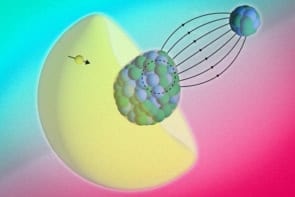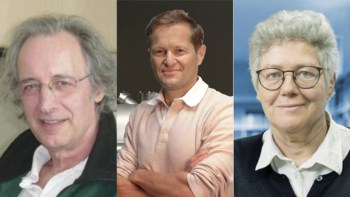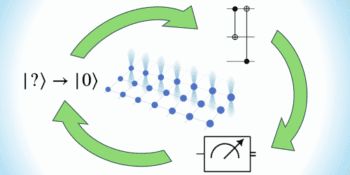Physicists in France have developed a new form of "touch-screen" technology that relies on detecting the sound waves that are produced when a solid object is tapped by a finger (Appl. Phys. Lett. 87 204104). The technology could be used to make virtual keyboards and intelligent shop windows, and may also have applications in security and education.
When the surface of a solid object is tapped, sound waves reverberate through it. Different points on the surface produce slightly different sounds because the acoustic waves travel along different paths. Each point on the surface therefore has a unique acoustic “signature”. Now, Ros Kiri Ing and Nicolas Quieffin of Sensitive Object, a new company based near Paris, together with Stefan Catheline and Mathias Fink of the University of Paris VII, have shown that this signature could be exploited in a new variation on traditional touch screens.
The French physicists demonstrated their technique in a glass plate with an area of 40 cm by 30 cm and a thickness of 5 mm. They tapped the plate at various positions and detected the resulting sound waves with a simple sensor connected to a personal computer. The new technique relies on a process called acoustic time-reversal that allows sounds waves to be reversed and sent back to their origin.
However, rather than reversing the sound waves, the new technique relies on using similar ideas to calculate where the sound came from in the first place. In this way different positions on the surface can be related to different actions: for instance, a tap at one position might switch on a light, while a tap at a different position could turn on a CD player.
The new technology is better than existing touch screens in several ways says Catheline. First, there is no need to build complicated sensor devices into the object. Moreover, the approach also works for objects that are not flat. “One of our experiments is on a globe,” he says. “When a country is touched, information related to that country is displayed on a computer screen.”
The team now plans to make the technology more robust so that it works in noisy environments and at different temperatures, and is also exploring the possibility of more than one person using it at the same time.



